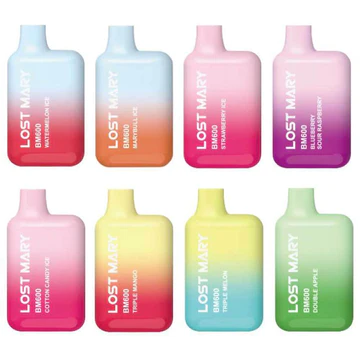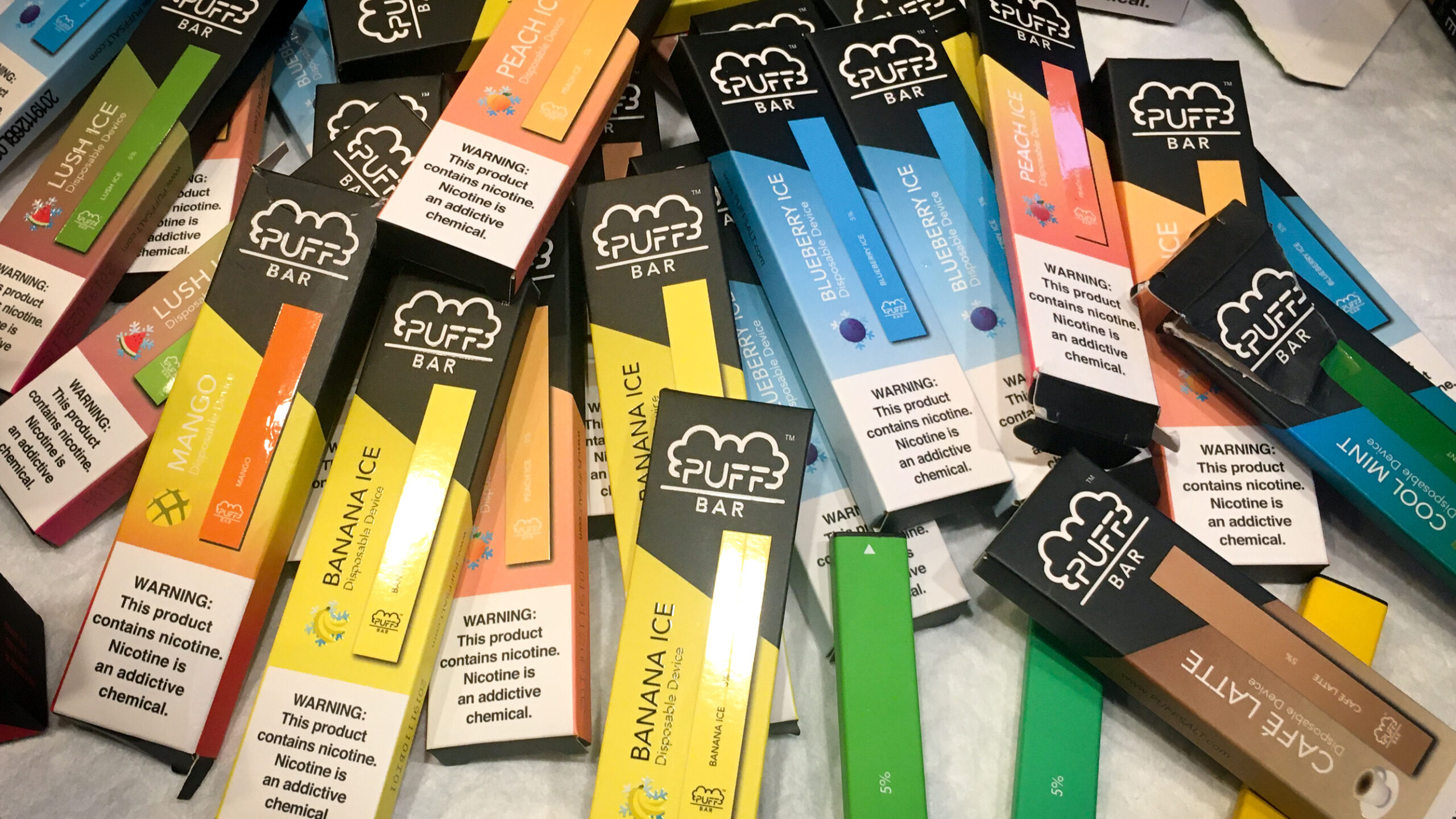In recent years, vaping has emerged as a popular alternative to traditional smoking, with millions of people around the world turning to e-cigarettes and vape pens. Among the plethora of vaping products available on the market, the “Lost Mary Vape Products” brand gained prominence, offering a range of flavored e-liquids and vaping devices. However, the emergence of this brand was not without controversy, as concerns about its impact on public health and safety began to surface. In this article, we will explore the Lost Mary vape products, the issues surrounding them, and their potential implications for public health.
The Rise of Lost Mary
Lost Mary initially gained attention for its wide array of appealing flavors, including fruit, dessert, and beverage-inspired e-liquids. These flavors appealed to both novice and experienced vapers, making the brand increasingly popular among young adults. The brand’s marketing strategies, which included vibrant packaging and social media campaigns, contributed to its rapid rise in popularity.
Controversies Surrounding Lost Mary
- Marketing to Youth: One of the most significant concerns with Lost Mary was its marketing tactics, which were accused of targeting young consumers. Critics argued that the colorful packaging, catchy branding, and enticing flavors made these products particularly attractive to teenagers and young adults. Such marketing practices raised alarm bells among public health advocates, who feared that Lost Mary and similar brands were contributing to the rise in youth vaping.
- Lack of Regulation: At the time of Lost Mary’s prominence, the vaping industry was relatively underregulated in many countries. This allowed manufacturers to introduce new products with minimal oversight, potentially putting consumers at risk. Critics argued that a lack of regulatory control meant that the safety and quality of Lost Mary vape products could not be guaranteed.
- Health Concerns: As more people started using Lost Mary and other similar products, reports of vaping-related health issues began to surface. Concerns ranged from respiratory problems to severe lung injuries. While it was challenging to pinpoint Lost Mary as the sole cause of these issues, the rising number of cases associated with vaping products raised concerns about their overall safety.
Government Response
In response to the growing concerns about vaping, several governments and regulatory bodies took action to address the issues surrounding Lost Mary and other vaping products. These actions included:
- Flavor Bans: Some jurisdictions imposed bans on flavored e-liquids, aiming to reduce the appeal of vaping to young people.
- Stricter Regulations: Governments introduced stricter regulations on vaping products, including labeling requirements, age restrictions, and quality control standards.
- Public Awareness Campaigns: Health organizations launched public awareness campaigns to educate the public about the potential risks associated with vaping and the dangers of using unregulated products.
Conclusion
The rise and controversies surrounding Lost Mary vape products shed light on the challenges posed by the rapidly growing vaping industry. While vaping has the potential to serve as a less harmful alternative to traditional smoking for adult smokers, concerns about marketing to youth, lack of regulation, and health issues associated with vaping products should not be taken lightly.
It is essential for governments, health organizations, and the vaping industry to work together to strike a balance between providing adult smokers with safer alternatives and protecting the health of young people. Regulations, public awareness campaigns, and ongoing research are crucial steps in addressing the complex issues raised by products like Lost Mary and ensuring that public health remains a top priority in the vaping landscape.



